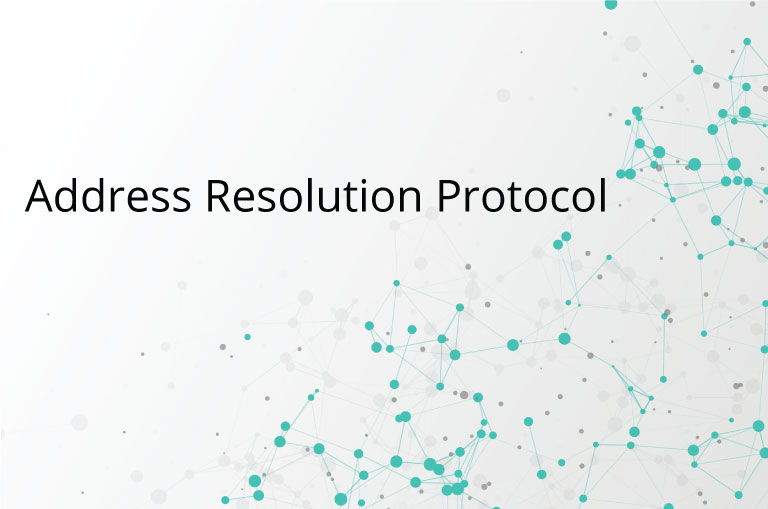In the realm of business, agility and speed are paramount. Companies are constantly on the lookout for ways to streamline operations, improve efficiency, and bring innovative solutions to market faster than ever before. This is where Microsoft's Power Apps comes into play, offering a rapid application development environment that empowers both technical and non-technical users to create custom applications tailored to their unique business needs.
The Power of Power Apps
Power Apps, a component of Microsoft's Power Platform, is designed to democratise the application development process. It provides a low-code environment, which means that users can create applications with minimal coding, making it accessible to a broader range of people within an organisation. This is especially beneficial for businesses that may not have extensive in-house IT resources but have specific operational needs that off-the-shelf software solutions cannot address.
The platform offers a plethora of pre-built templates and drag-and-drop features, allowing users to design applications that can integrate seamlessly with various data sources, including SharePoint, Excel, and even third-party apps. This flexibility ensures that businesses can create solutions that are perfectly aligned with their operational requirements.
Driving Business Efficiency
One of the standout features of Power Apps is its ability to integrate seamlessly with other Microsoft products, such as Dynamics 365, Azure, and Microsoft 365. This integration capability ensures that data flows smoothly across different platforms, eliminating data silos and promoting better decision-making.
For instance, a retail business can develop a custom inventory management app using Power Apps, which can then integrate with Dynamics 365 for real-time inventory tracking. This not only streamlines inventory management but also ensures that the sales team has up-to-date information on product availability.
Empowering Citizen Developers
The term "citizen developer" refers to individuals without formal coding training but who can create applications using low-code or no-code platforms. Power Apps has been instrumental in the rise of citizen developers, allowing them to transform their innovative ideas into functional applications.
By empowering these citizen developers, businesses can tap into a reservoir of in-house talent and creativity. This not only accelerates the application development process but also ensures that the solutions created are in perfect alignment with the company's specific needs.
Ensuring Data Security and Compliance
In today's business landscape, data security and compliance are of utmost importance. Power Apps ensures that the applications developed are secure and adhere to compliance standards. The platform offers built-in, role-based security features, ensuring that sensitive data is accessible only to authorised users.
Furthermore, since Power Apps is a Microsoft product, it benefits from the robust security infrastructure of Azure. This means that businesses can be confident that their data is protected against potential threats.
Conclusion
In conclusion, Power Apps offers businesses a powerful tool to rapidly develop custom applications tailored to their unique needs. Whether it's streamlining operations, improving efficiency, or addressing specific operational challenges, Power Apps provides the tools and flexibility to achieve these goals. As businesses continue to evolve and adapt to the changing market dynamics, platforms like Power Apps will play a pivotal role in ensuring they remain agile and competitive.
For those interested in exploring how Power Apps can transform their business operations, we have extensive experience in leveraging the platform to create bespoke solutions that drive results.










